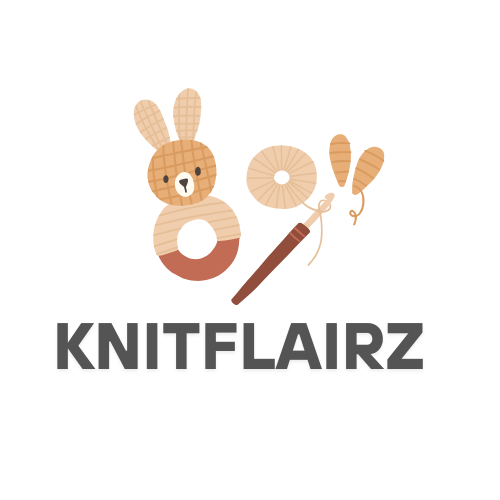While it’s easy to fall in love with the finished product, the process of creating a handmade knitted soft toy is just as fascinating. Every plush bunny, teddy bear, or animal friend starts with a simple idea and a skein of yarn. What follows is a time-intensive, detail-oriented journey that blends craftsmanship, creativity, and care.
The first step in making a knitted toy is choosing the right materials. Most makers prefer high-quality yarns that are both durable and safe for children. Cotton yarns are commonly used for their softness and breathability, while wool or acrylic blends offer texture and warmth. Colors are carefully selected based on the toy’s personality and purpose—soft pastels for newborns, earthy tones for woodland animals, or bright hues for playful characters.
Once the design is decided, knitting begins. Some artisans use needles, while others work on round knitting machines, but most handmade toys are fully hand-knitted, stitch by stitch. Limbs, bodies, and heads are made separately and later joined. Each part must be shaped precisely to ensure symmetry and proportion, especially for toys that stand or sit upright.
Stuffing is another crucial part of the process. Artisans use hypoallergenic polyfill or natural wool, carefully distributing it to maintain softness and structure. Too much stuffing and the toy becomes stiff; too little and it loses form. Achieving just the right balance is a skill developed through practice.
The assembly stage requires precision and patience. Ears are attached evenly, arms are aligned, and tiny clothing pieces are added if part of the design. If the toy features accessories—such as dresses, scarves, or backpacks—these are also handmade and often removable, encouraging interactive play.
Facial features are typically the last step. Instead of using buttons or plastic eyes, most handmade knitted toys have embroidered faces. This not only adds character but also ensures safety for young children. The expression of the toy—whether sleepy, cheerful, or curious—is what gives it life.
Some makers personalize their toys with initials, tags, or unique outfit combinations. Others design their toys as part of seasonal collections or storybook-inspired sets. Every finished piece is a reflection of countless hours of labor, attention, and love.
Creating handmade knitted toys is not just about crafting objects—it’s about telling stories and preserving tradition. These toys are made slowly, mindfully, and with intention, ensuring that each one is not only soft and safe, but also full of soul.
As more people rediscover the beauty of handmade goods, knitted toys continue to stand out as symbols of timeless charm, gentle creativity, and meaningful connection.
